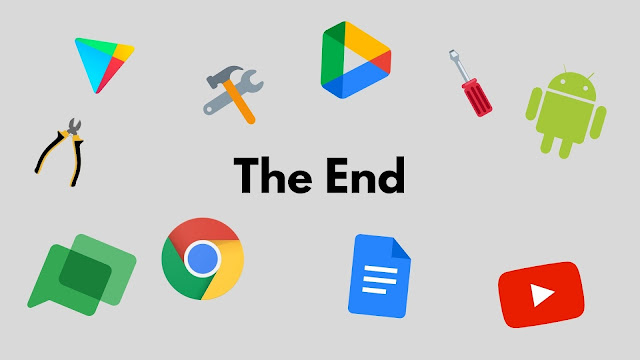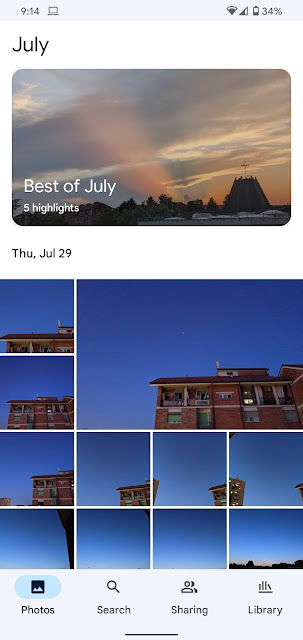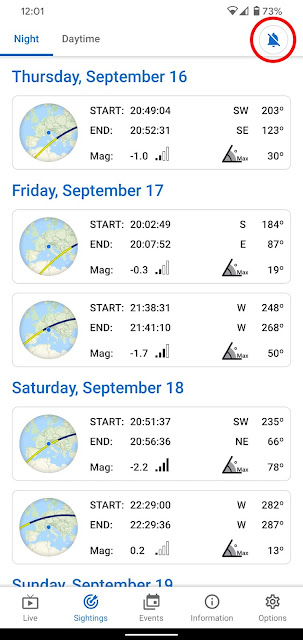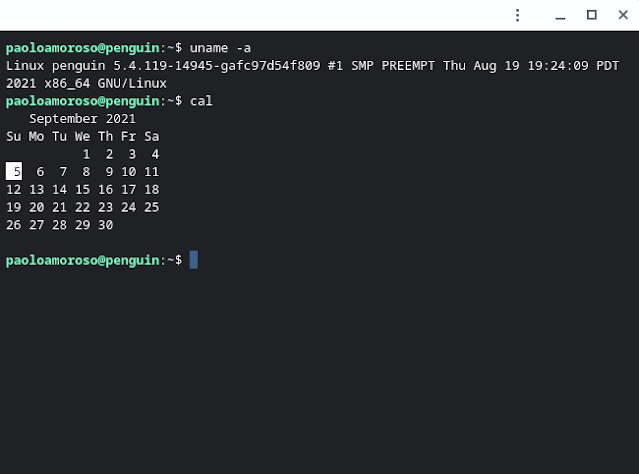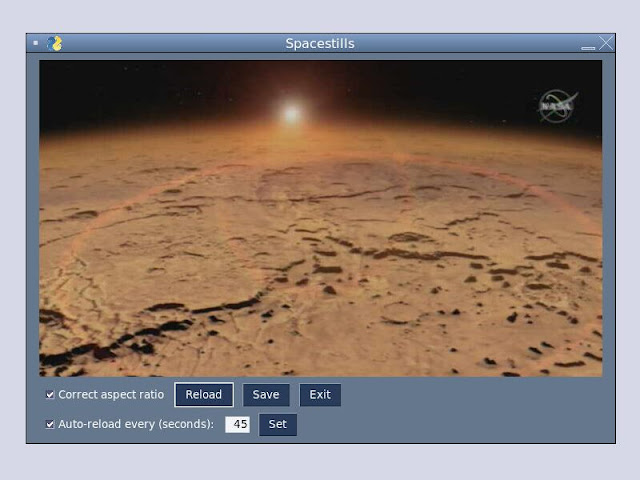Using a Bluetooth Keyboard on Android
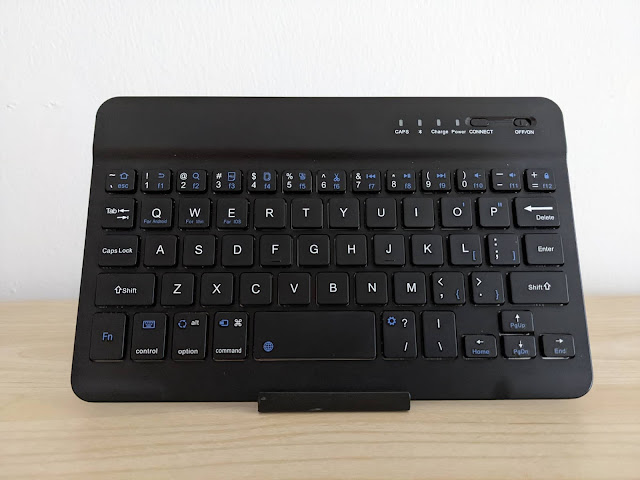
Two years ago I bought a cheap Bluetooth keyboard from Amazon.it. At €14, it was mostly an impulse buy for exploring mobile typing on the go and in similar settings , such as workstations with reduced desk space. My FREALL 7INKEYBD-BK Bluetooth keyboard. I initially used the keyboard with the Android tablet and smartphone I had, a 7” Lenovo Tab E7 and a Pixel 2 XL. I later repurposed the keyboard for the devices I replaced those with, a Lenovo Tab M8 HD 8” tablet and a Pixel 4 XL smartphone. Despite the simplicity of operation, it took me some trial and error to figure out how to pair the keyboard with an Android device and what keystrokes insert the characters I need, such as accented letters when writing in Italian. Moreover, I realized I never blogged about my experience with the unit. So I’m posting these notes in case you come across the same or similar keyboards. The keyboard The keyboard is a cheap, compact, plastic chiclet unit that comes with a small foldable stand for a ta...

